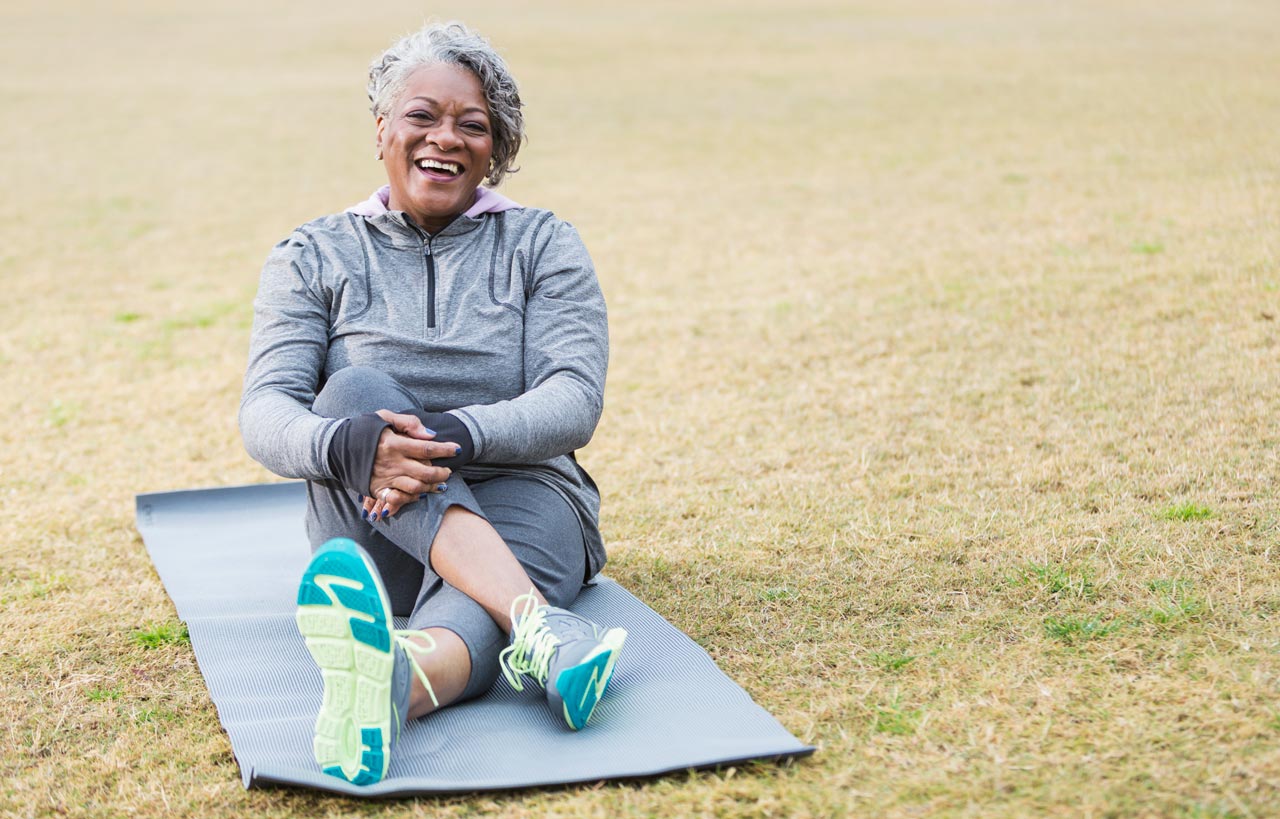 “The risk factors include age; standing or sitting for long periods of time, which puts added pressure on the veins in the legs; having had one or more children; and genetics,” says Kenneth Goldman, MD, RVT, FACS, a vascular surgeon with Penn Medicine Princeton Medical Center. “The family history aspect is particularly strong. In fact, if one of your parents had varicose veins, you have a 50 percent chance of developing them, and if both parents had them, the likelihood rises to about 90 percent.”
“The risk factors include age; standing or sitting for long periods of time, which puts added pressure on the veins in the legs; having had one or more children; and genetics,” says Kenneth Goldman, MD, RVT, FACS, a vascular surgeon with Penn Medicine Princeton Medical Center. “The family history aspect is particularly strong. In fact, if one of your parents had varicose veins, you have a 50 percent chance of developing them, and if both parents had them, the likelihood rises to about 90 percent.”
First-line treatment often involves keeping your legs elevated as much as possible and wearing properly fitted compression socks. This will often improve symptoms but does not fix the underlying problem. If these recommendations fail to alleviate the pain and allow you to resume your regular activities, the veins can be effectively treated with procedures including radiofrequency ablation and chemical injection, which seal off leaking veins and reroute blood flow to healthier ones.
Most insurances cover these procedures.
“Treatments only take about 15 minutes,” says Dr. Goldman, who is board certified in general and vascular surgery. Patients can drive themselves to their appointment and resume most activities that same day. With the advances that have been made, there is absolutely no reason to suffer with the pain caused by varicose veins.”

